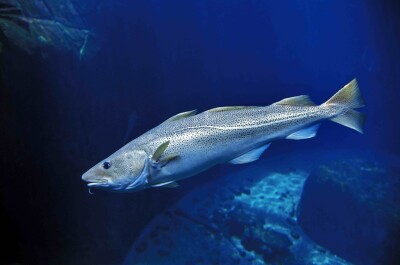LEWES – This summer, watermen will haul thousands of bushels of blue crabs from the depths of local bays and oceans, carry them to shore and heap them onto plates from Baltimore to Dewey Beach.
It's hard to imagine, but the blue crab's natural environment is not flanked by Old Bay seasoning. In the span of about three years, Maryland's signature crustacean undergoes a complex life cycle shaped by currents, which take them from bay to ocean and back again.
During the winter, crabs burrow in the mud and hibernate. But once the water warms up, they'll emerge and start feeding again.
Blue crabs mate throughout the summer, marking a once-in-a-lifetime event for the females but a frequent ritual for promiscuous male crabs. A male crab, or jimmy, will shed his exoskeleton as he grows throughout his life, but the female crab, or sook, will shed only after she reaches maturity before mating. The sook reaches maturity when the triangular apron on her underside develops into a rounded one.
When crabs relinquish their protective armor during shedding, they also become more vulnerable to predators.
Without their shells, crabs are weakened and can't fight back, explained Kelly Webb, a crab program biologist at the Maryland Department of Natural Resources. During this period, soft-shell crabs hide in the marshes and take shelter in seagrass beds.
Read the full story at the News Journal>>






